At its heart, the Fortinet Security Fabric is an AI-driven cybersecurity platform that weaves together a broad portfolio of security and networking solutions—ranging from next-generation firewalls and switches to endpoint agents and cloud services—under a single operating system, FortiOS. By design, the Fabric breaks down silos between network, endpoint, and cloud security, enabling real-time visibility, automated threat response, and consistent policy enforcement across the entire attack surface.
Table of Contents
1. Unified Operating System & Hardware Acceleration
FortiOS: One OS to Rule Them All
FortiOS serves as the central nervous system of the Fabric, running on FortiGate firewalls, switches, wireless access points, and even cloud-deployed virtual appliances. This single-pane-of-glass OS ensures that features—such as firewall policies, SD-WAN, VPN, and intrusion prevention—are configured once and applied everywhere, drastically simplifying management and reducing human error.
ASIC-Powered Performance
To maintain high throughput for deep-packet inspection (DPI) and SSL/TLS decryption, Fortinet embeds custom ASICs (NP and CP processors) into FortiGate appliances. These chips offload CPU-intensive tasks—like signature matching and flow-based inspection—allowing the Fabric to scale to multi-gigabit speeds without sacrificing security inspection depth.
2. Comprehensive Telemetry & Integrated Threat Intelligence
Bi-Directional Telemetry Exchange
Every Fabric-enabled device acts as both a sensor (feeding logs and alerts) and an enforcer (receiving threat feeds and policy updates). FortiGate, FortiSwitch, FortiAP, and FortiClient agents continuously stream telemetry into FortiAnalyzer and FortiManager, creating a unified data lake for analytics and correlation.
FortiGuard AI-Driven Services
FortiGuard Labs processes over 100 billion security events daily, using AI/ML models to deliver real-time updates for antivirus, IPS, web filtering, DNS security, and sandboxing. These curated threat intelligence feeds are automatically pushed to all Fabric devices, ensuring consistent defenses against emerging threats.
3. Integrated Security Controls
Rather than bolting on point products, the Security Fabric embeds multi-layered security natively:
- Next-Generation Firewall (NGFW): Enforces application-level policies, SSL/TLS inspection, and advanced IPS.
- Secure SD-WAN: Combines routing, QoS, and WAN optimization with NGFW capabilities in a single appliance, enabling secure, high-performance branch connectivity.
- Endpoint Protection (FortiClient): Provides antivirus, EDR, vulnerability scanning, and VPN; all managed centrally via EMS (Enterprise Management Server).
- Web & Email Security: FortiWeb (WAF) and FortiMail integrate with the Fabric to share IOCs and block multi-vector attacks across application layers.
By integrating these controls under FortiOS, organizations avoid security gaps and policy mismatches that typically arise when disparate tools are stitched together.
4. Automation & Orchestration with Fabric Stitches
Fabric Stitches are pre-built, extensible workflows that automate remediation actions across devices. For example:
- Malware Detection: If FortiGate detects a malicious download, it can automatically forward the file to FortiSandbox for deep analysis.
- Quarantine Response: Upon a sandbox verdict of “malicious,” Fabric Stitches can command FortiSwitch to quarantine the infected host at the network edge.
- Alert & Remediation: Simultaneously, FortiClient on the endpoint can isolate itself from the network to stop lateral movement.
This “if-this-then-that” capability slashes mean time to response (MTTR) and minimizes manual error.
5. Open Ecosystem & Fabric Connectors
Recognizing that enterprises use heterogeneous technologies, Fortinet’s Open Fabric Ecosystem includes:
- 500+ third-party integrations—from AWS and Azure cloud platforms to ServiceNow, Splunk, and leading SIEM/SOAR vendors.
- RESTful APIs and SDKs for custom integrations, allowing security teams to incorporate proprietary or niche tools into the Fabric.
- Partner-certified Fabric-Ready Solutions that extend Fabric visibility and control to areas like IoT, networking switches, and non-Fortinet clouds.
This openness ensures the Fabric can adapt to existing investments, rather than forcing a forklift replacement of all security infrastructure.
6. Centralized Management & Analytics
FortiManager and FortiAnalyzer are the management pillars of the Security Fabric:
- FortiManager: Provides configuration lifecycle management, zero-touch provisioning, policy library, and VM-based sandbox deployment, all via an intuitive console. Advanced AI scripts handle configuration validation and rollback suggestions, reducing configuration drift.
- FortiAnalyzer: Aggregates logs and performs both real-time and historical threat correlation. Its built-in SOC workflows and automated report templates support compliance mandates (e.g., PCI DSS, GDPR) and speed forensic investigations.
Together, they deliver a single pane of glass for policy orchestration, threat visibility, and compliance.
7. Cloud & SASE Integration
The Fabric extends seamlessly into the cloud:
- FortiGate-VM instances provisioned in AWS, Azure, and GCP connect back to on-prem Fabric Roots via Fabric Connectors, sharing telemetry and policies in real time.
- FortiSASE (Secure Access Service Edge) brings SD-WAN, ZTNA, and cloud firewalling into a unified, cloud-delivered service—ideal for securing remote users and branch offices without deploying physical hardware.
By blurring the line between on-prem and cloud, the Fabric ensures consistent security controls regardless of where applications or users reside.

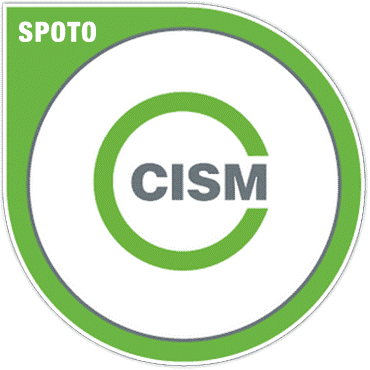

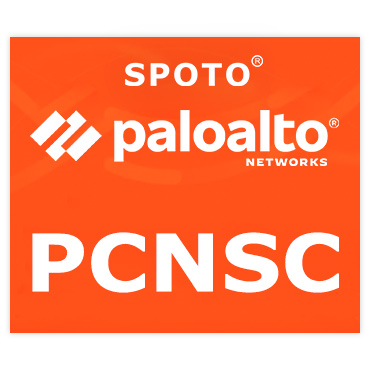

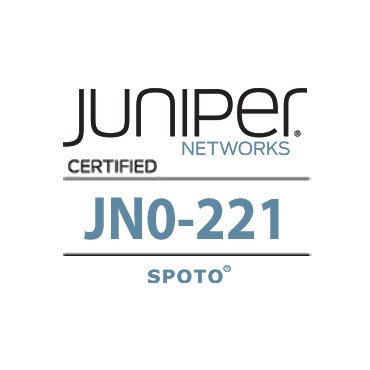

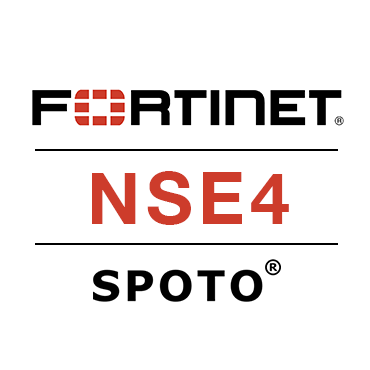
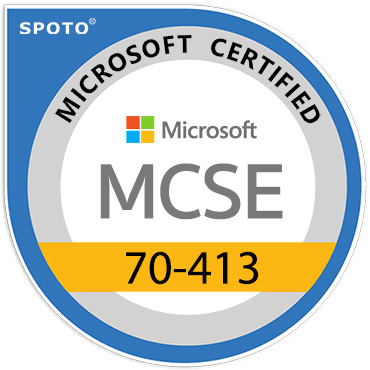

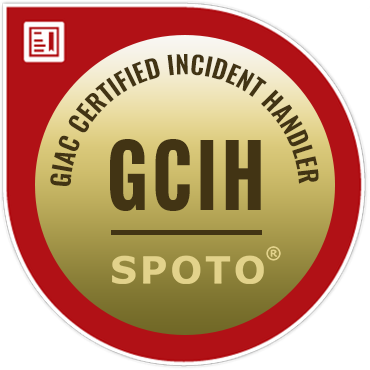

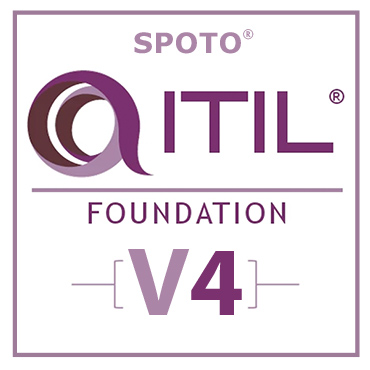
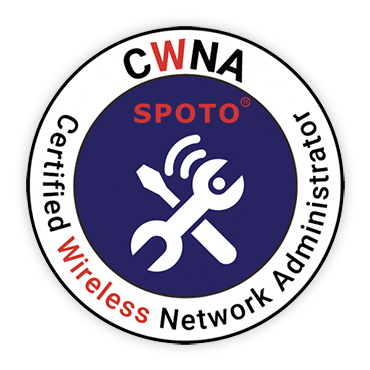
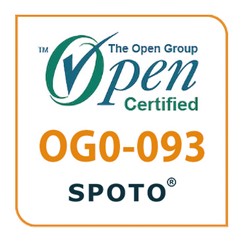


Comments